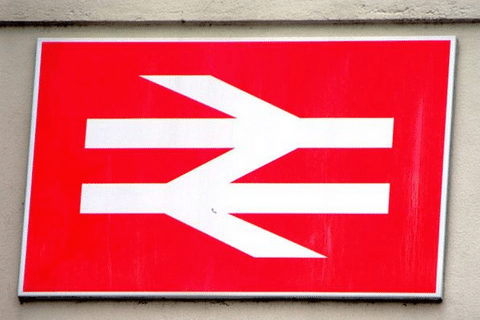
18 October 2023
Guest blog by Jonathan Tyler
Passenger Transport Networks, York
It is time to paint a vision of the public transport that Britain needs – and to outline its principles. It’s increasingly urgent that we both cut greenhouse gas emissions and prevent the degradation of the natural environment. These parallel duties mean that the age of unconstrained mobility in private vehicles must end. In turn, we need attractive alternatives to avoid draconian restrictions. And the case is greatly strengthened by the communal benefits of shared provision.
The task is daunting. Buses and trains are a public good that has been undermined by decades of market ideology. Bus services have been cut back while funds have been leached to shareholders, to the point now of acute social injustice. As for privatised railways, multiple failings have starkly illustrated fundamental weaknesses in the theory, as We Own It has consistently shown.
Public transport is necessarily a complex system, requiring many parts to function in harmony to afford travellers a convenient means of getting around, whether locally or for longer journeys. ‘Liberalisation’ ignored this by prioritising competition. Those peddling this idea made a category error by imagining that virtually unconstrained access to the road network could be replicated on a railway so long as a regulator managed access – seemingly unaware of the multitude of interactions that occur in an integrated system.
This led to the establishment of the Office of Rail and Road [ORR]. Presently 149 staff are working on economic regulation. They control a huge mesh of contracts between multiple organisations and second-guess the management of Network Rail. Granting train operators legal rights of access to the tracks without testing feasibility, ORR patently inhibits good design of timetables and optimal utilisation of capacity.
The upshot? Private companies pursue their self-interested priorities and the public loses out (with scant evidence that competition has compensated for this). On top of this, there are widespread consequences from fragmentation. Managers in the industry seem reluctant to address this, but it manifests itself in many ways. It is inefficient to have numerous different types of train. It is bizarre that some stations have to keep a range of loading ramps for wheelchairs because no one design fits every train. The clever ideologues who designed the system did not foresee that a shortage of experienced drivers would create a bidding war between companies. The destruction of corporate memory has disrupted decision-making processes. And it is simply not in the public interest that securing connections between train services is no longer a factor in timetable planning: consequently many journey-times offered by on-line planners are so gratuitously extended by prolonged waits at interchange stations that potential customers are lost to rail.
Arguably, ORR has defaulted on its statutory obligations. It is free to chose its priorities, but by pursuing the competition agenda it has failed to secure “journey times that are as short as possible”, “to promote the use of the railway network”, “to contribute to the development of an integrated system” and “the achievement of sustainable development”, and “to facilitate […] journeys which involve […] more than one passenger service operator”.
We cannot then expect reform from that quarter. And despite earnest references to the public interest and the creation of a coherent public transport network the Government and the Great British Railways [GBR] - the new public coordinating body - have been captured by the private sector. Local companies (not international corporations and subsidiaries of foreign railways) may have a legitimate but limited role supplying services under contract, but Rail Partners, a clever opinion-influencing campaign using tendentious evidence, aim to secure central status. Far from the promised ‘simpler and better railway’ this will perpetuate the complications caused by having multiple operators and legalistic regulation.
GBR is taking an age to present a strategic plan, and both it and an ideologically-driven government seem uninterested in promoting any form of public debate about a vision for public transport. The word ‘connectivity’ has become a slogan rather than a key concept to be developed nation-wide, while the Department for Transport is obsessed with promoting technical fixes for tertiary aspects of the service offer.
The core principles of a plan for communally-embedded public transport can be derived from those of the Foundation for Integrated Transport, namely that “Humans have a right to get around without a car” and that “People [should be enabled to] travel with minimum impact on other people’s lives and the environment”. Translated into practical terms this requires
* a national commitment to stable governance and adequate funding;
* local responsibility within a recognisable national brand;
* a dense network serving every settlement to an appropriate standard;
* frequencies and day-long provision that make the service convenient; and
* timetables that secure excellent connectivity between bus and train and across all routes;
Numerous campaigns and studies suggest widespread interest in this model, with a realisation that it is the only practicable response to present systematic woes and the essential answer to overwhelming existential threats. Nor can it be dismissed as unrealistic: increased demand, more efficient use of resources, the social benefits of a communal project replacing private profit, and personal gains for those now suffering transport-created deprivation could go a long way to cover the cost.
CPRE, the countryside charity, has demonstrated the possibilities in its study ”a bus for every village, every hour”, and of course there is Switzerland. There, a statute establishes a minimum provision for even the smallest settlements. Planning is consensual through a well-founded process, so that the network functions as a system, led by the national railway, even though services are delivered by multiple operators. And the integrated timetable works, both in terms of public transport’s modal share and of popular recognition of its value.
We cannot let a failing government, self-interested private companies and GBR’s tediously bureaucratic activities determine the crucial outcome of a long-overdue overhaul of policy. All who care about our environment (and even survival) and about socially-equitable public services should unite in a great campaign to reshape public transport for every citizen.

Photo credit: grassrootsgroundswell CC 2.0; the double arrow symbol logo is a registered trade mark in the name of the Secretary of State for the DfT.









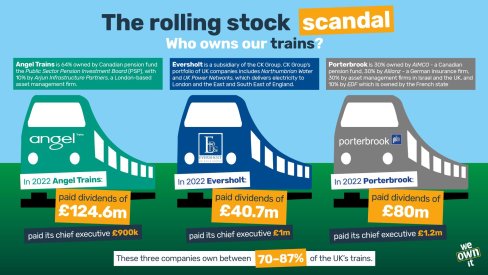
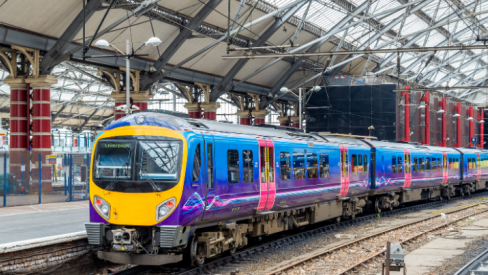
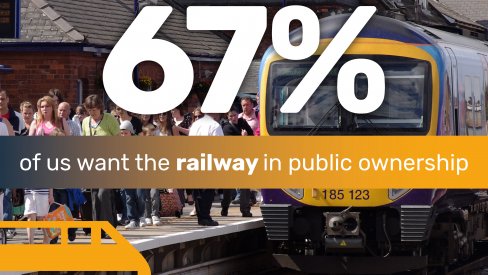
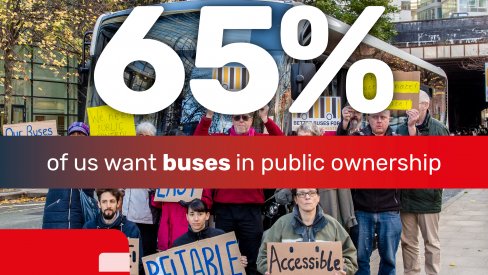
Comments
Charles BAILLY replied on Permalink
Nationalise the railways again, and abolish the transport unions.
Add new comment